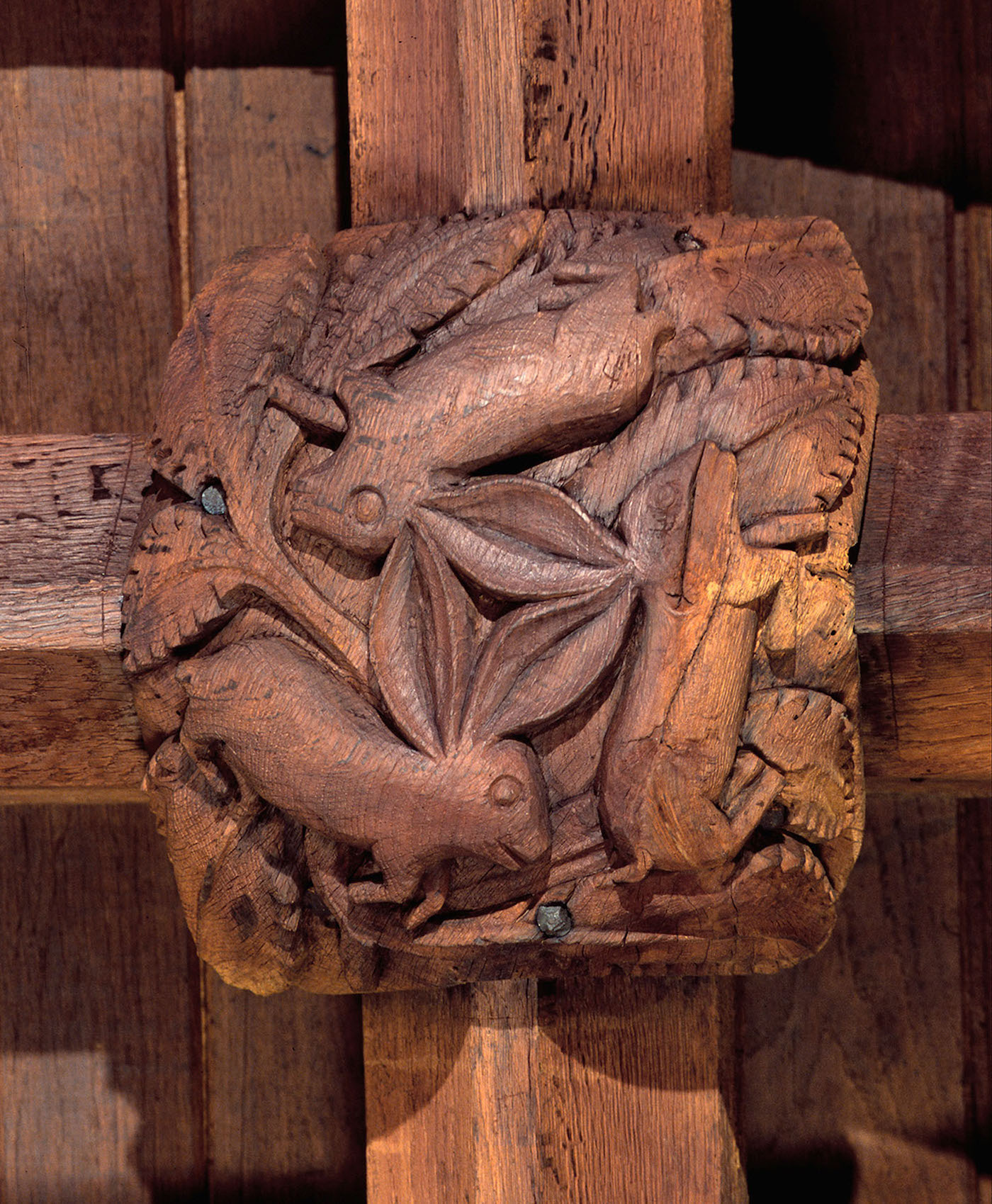
An enigmatic trio of rabbits running in a circle appears on centuries of art, from medieval churches in England to Buddhist caves in China. While each bunny seems to have two ears, the symbol is actually a visual puzzle: a total of three ears connects them in their endless loop. Some believe the rabbits symbolize eternity; others think they stand for fertility. Still others consider them a representation of the connection between the heavens and the Earth. The original meaning of the three hares motif remains obscure, but its cross-cultural significance inspired three researchers to spend over two decades traveling the world to unravel some of its arcane history.
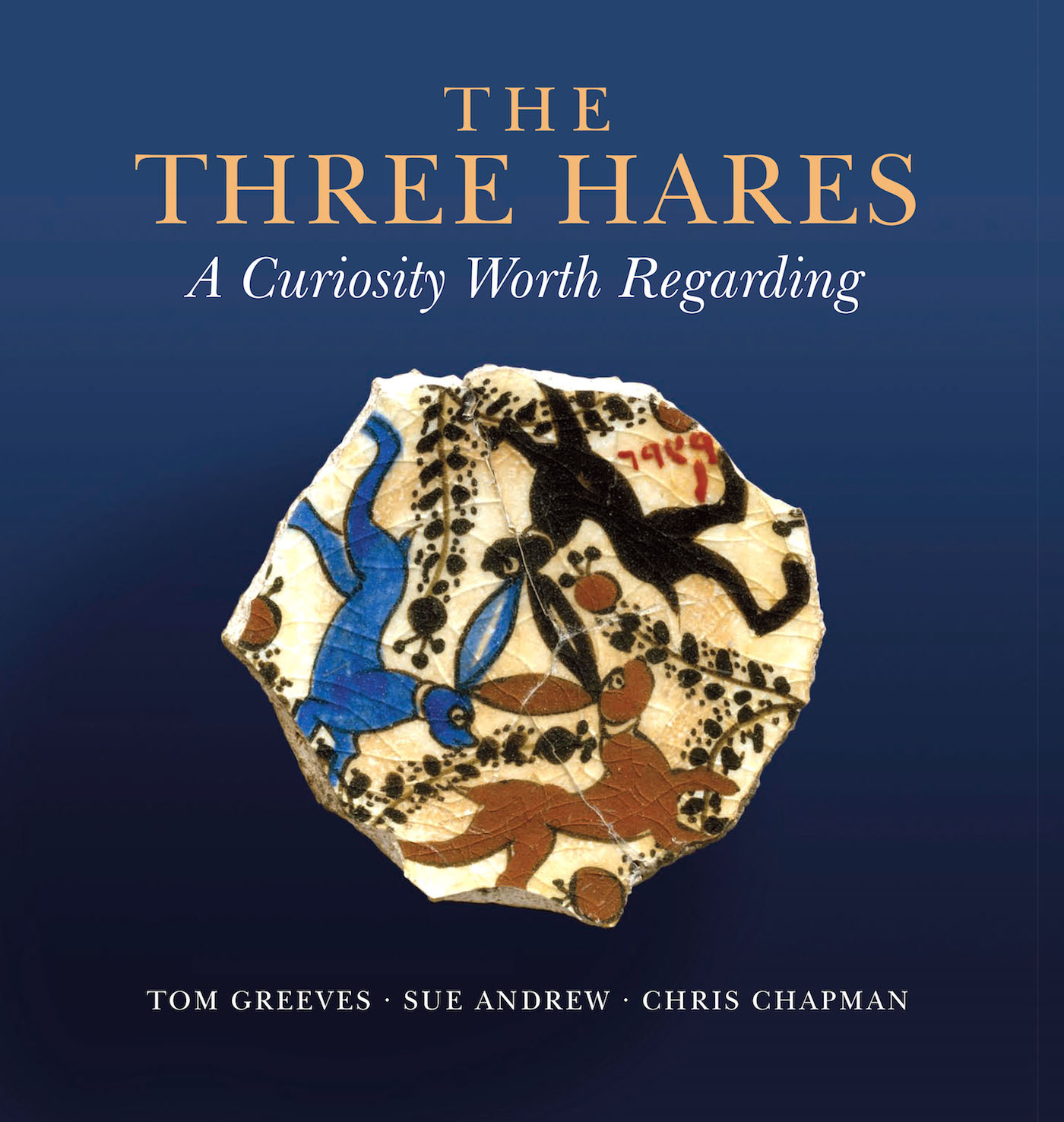
Released as a limited-edition book by Skerryvore Productions, The Three Hares: A Curiosity Worth Regarding was created by archaeologist Tom Greeves, art historian Sue Andrew, and photographer Chris Chapman. All three are based in Devon, England, where there are 17 churches with three hares on their oak bosses (roundels often found on the ceiling). The book evolved from the group’s Three Hares Project, and includes thorough essays by Andrew and Greeves alongside Chapman’s images, chronicling their trek to trace the evolution of the symbol.
“Our constantly expanding journey embraces Judaic, Buddhist and Islamic hares from western Europe to China, or vice versa, touching Himalayan Ladakh and the Swat valley in Pakistan,” Greeves writes in an introduction. “We believe that the Mongol Empire and precious silk played a crucial part in transmission of the motif over vast distances in medieval times, traveling on the many strands of the Silk Road.”
In Corbenay, France, they viewed a beautiful example of the three hares carved in white stone in the cellar of a 98-year-old woman named Madame Bardoz, whose home was built on the ruins of a medieval church. In Stuttgart, Germany, another manifested on a painted wooden ceiling in an 18th-century synagogue. The researchers were told the hares indicated the Holy Trinity while in Switzerland and the meeting of heaven and Earth while in China, where the rabbits are depicted in the Buddhist cave temples of Mogao.

Not everyone they met was thrilled by the chase. Greeves describes a monk at a Benedictine abbey in St-Benoît-sur-Loire, France, who, upon being shown an image of the three hares and asked if he knew of any, was “surprisingly forthright in his dismissal of such a suggestion, saying, ‘Non, ce n’est pas chrétien!’ (No, it is not Christian!)'” There may very well be something pagan, or alchemical, about the three hares, which have the same cyclical energy as the ouroboros (snake eating its own tail), a symbol that dates back to ancient Egyptian funerary texts.
Andrew writes about the complex interpretations of the hares in one of her essays:
As a symbol, the hare in the medieval period might be regarded in either a positive or negative light. More often than not, the hare was regarded pejoratively, belonging to ‘the lascivious hunt of Venus, the hunt of lust, rather than to the virtuous hunt’. Nevertheless, the assumption of the Ancients that the hare could procreate without a mate led to the belief that it could give birth without losing its virginity. While the hare might be associated with lust, it could also represent chastity and virgin birth.
She adds that if “we seek a precise meaning for the Three Hares, at the expense of understanding what they do, we might just miss their real significance, for running in their never-ending circle they may have stirred memories and powered prayer in ways we are only just beginning to understand.”

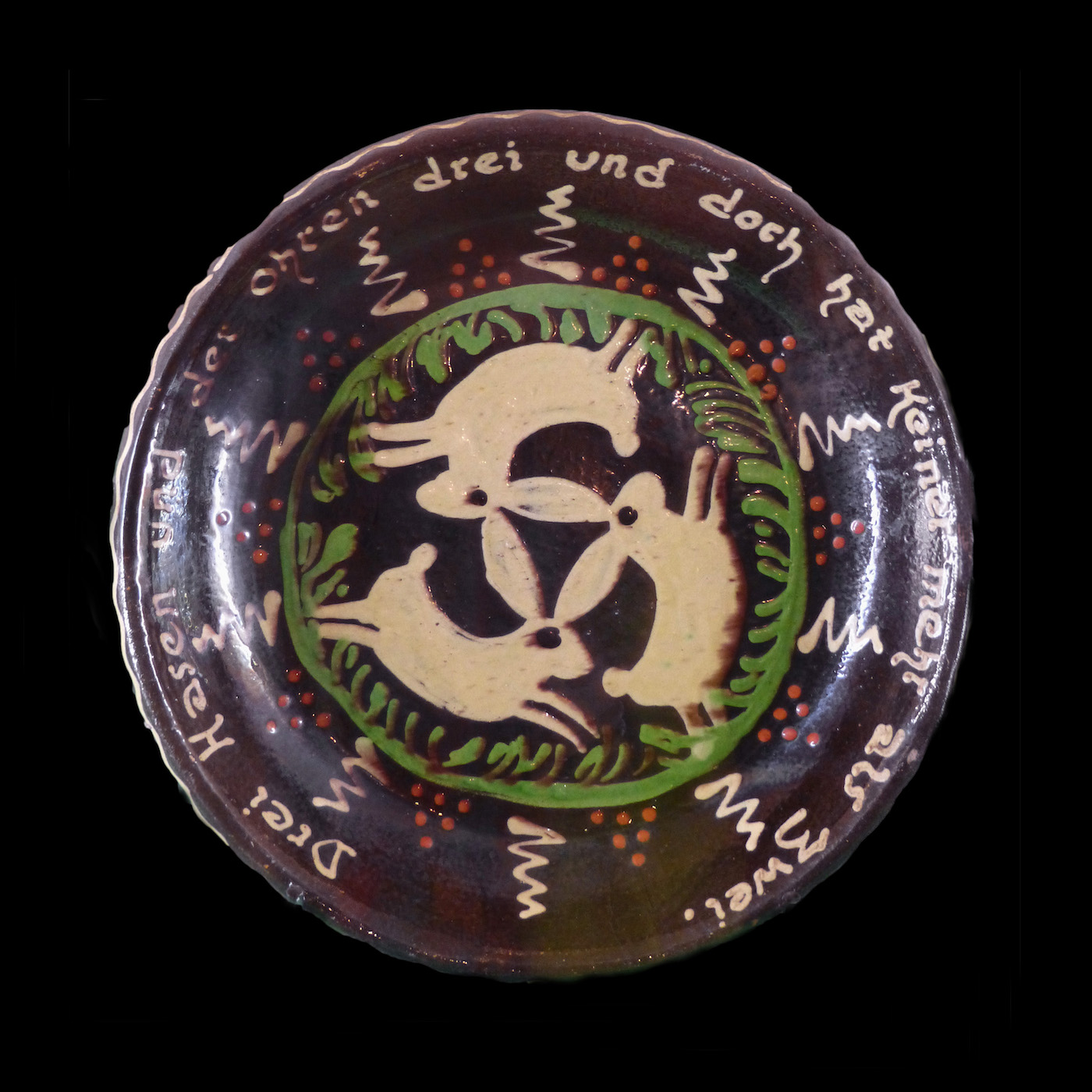

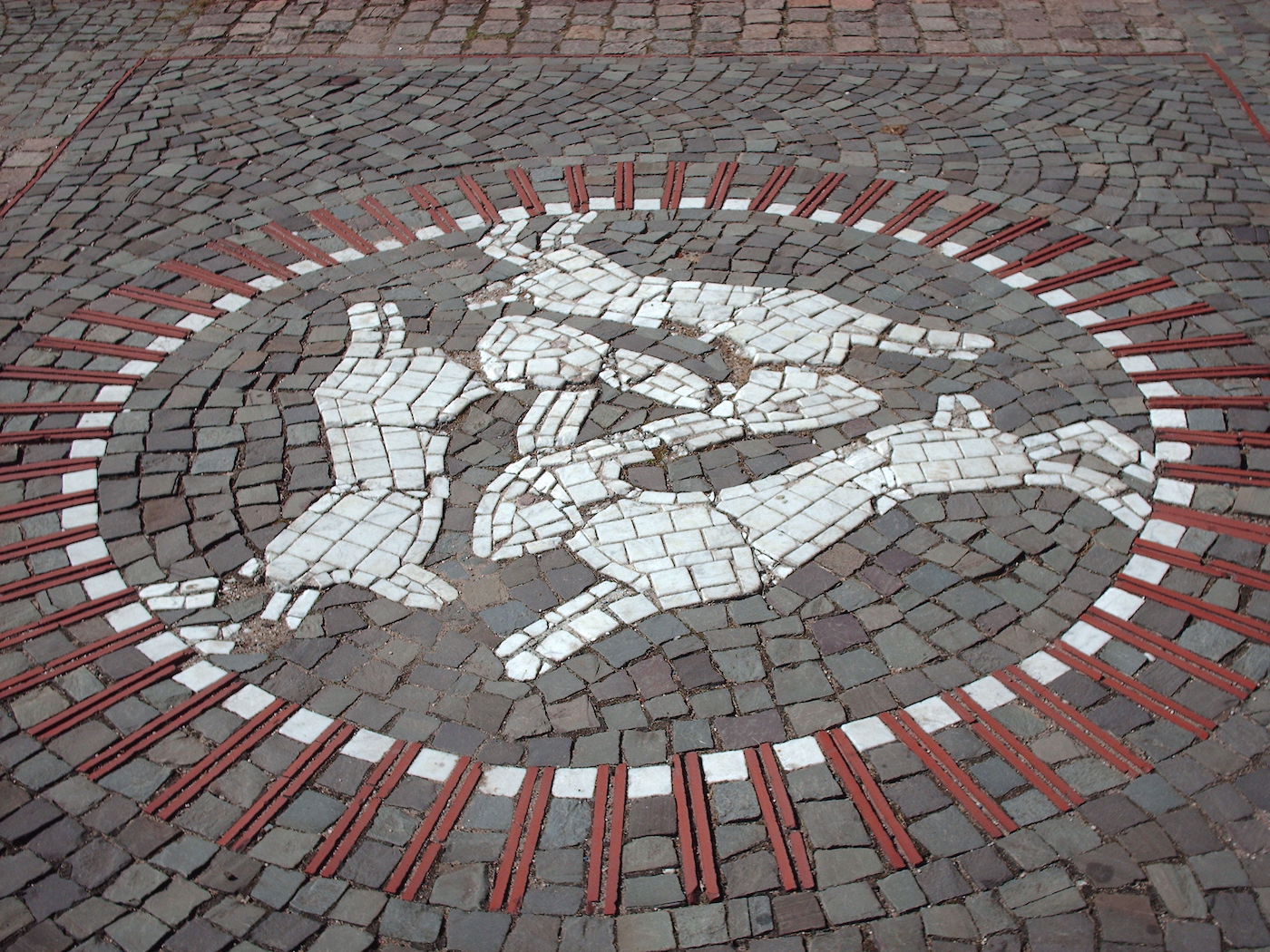
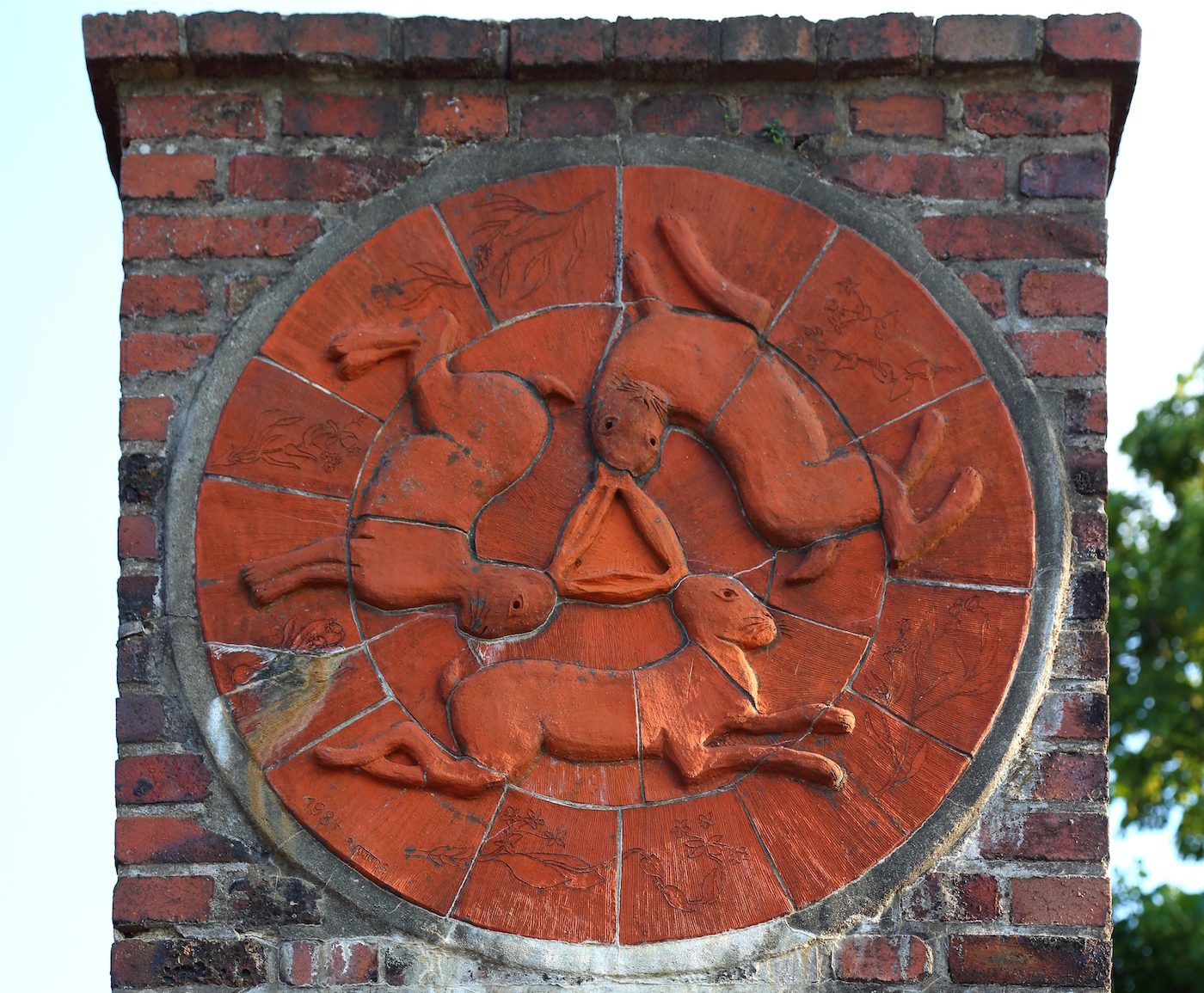
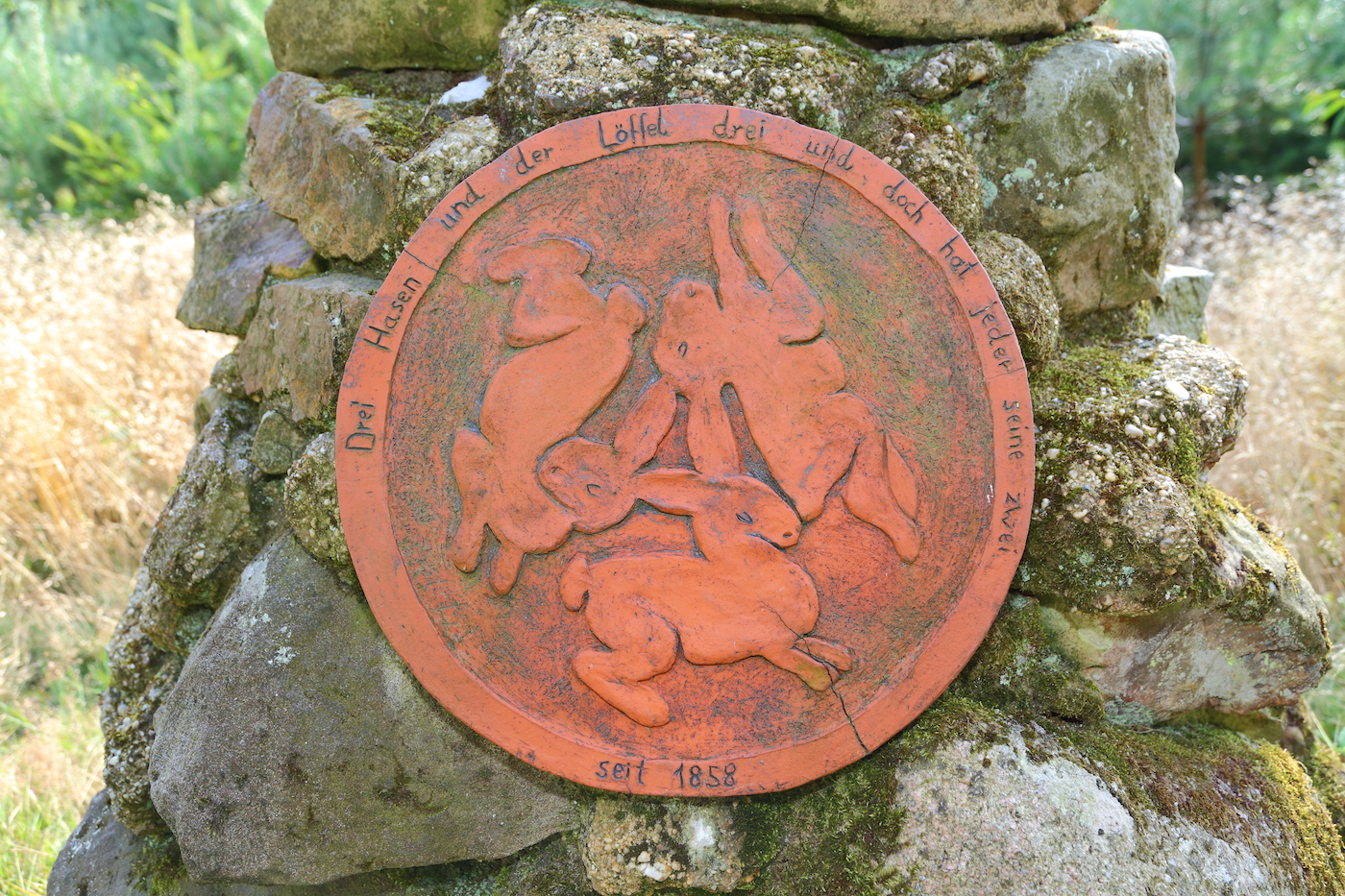



The Three Hares: A Curiosity Worth Regarding is published by Skerryvore Productions.
No comments:
Post a Comment